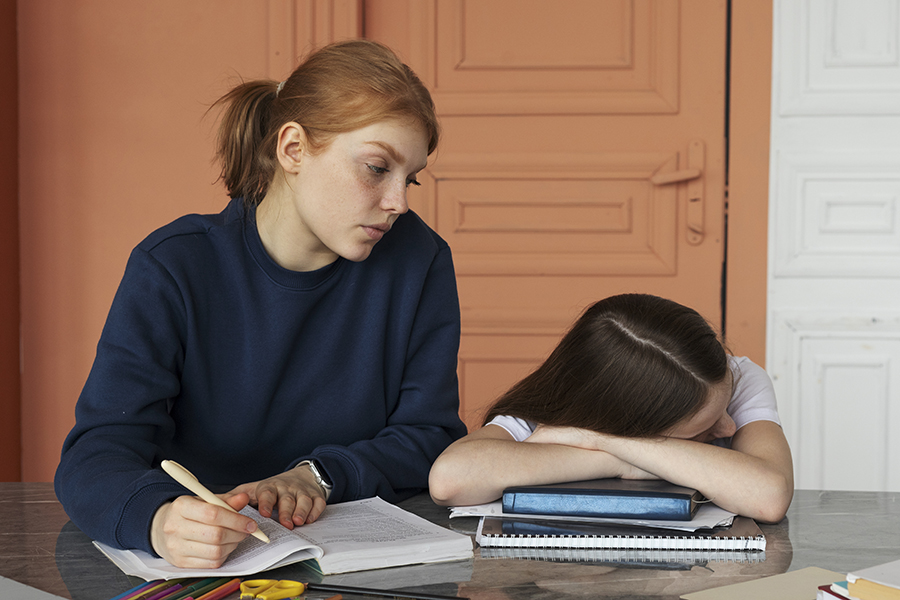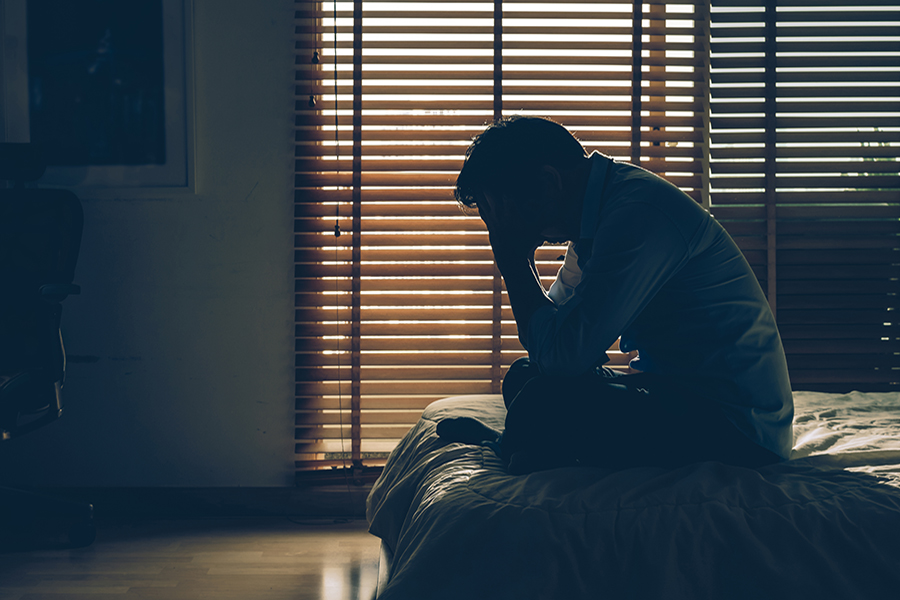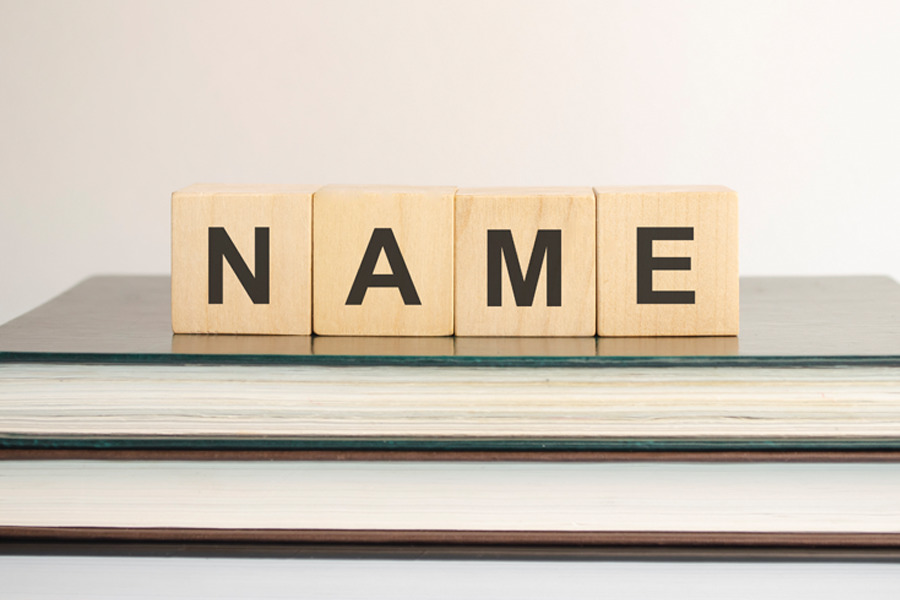In the U.S. alone, there are an estimated 6.1 million children with ADHD. ADHD is a neurodevelopmental disorder (Attention-deficit/hyperactivity disorder) affecting close to 10% of children under the age of 18. ADHD is difficult to diagnose, especially in children under 3 years of age. The reason is that the symptoms which are most commonly associated with ADHD are often seen as typical normal behavior, as well as being present in other learning and behavioral disorders in children. There isn’t a single test that can be given to diagnose ADHD, which means it can take months or years to properly diagnose.
In order to distinguish between other issues and ADHD, physicians will go through a checklist of symptoms that are characteristic of ADHD, as determined by the American Psychiatric Association. There are also different types of ADHD.
Distinguishing Between the Types of ADHD
The symptoms associated with ADHD fall into two main categories: hyperactivity-impulsivity and inattention. Hyperactivity-impulsivity refers to disruptive and excessive impulsive behaviors. Inattention refers to a child’s inability to remain focused. The range of ADHD symptoms can vary from one child to the next and will fall under three broad classifications:
- Predominantly inattentive – children who find it difficult to remain focused but are not showing impulsive and/or hyperactive behavior.
- Predominantly hyperactive-impulsive – children whose focus is not affected but who show behavior that is restless, fidgety, or rash in excess.
- Combined – shows symptoms of both
Inattention Symptoms Checklist
As outlined in the Diagnostic and Statistical Manual of Mental Disorders (DSM-5), inattention ADHD has several symptoms. Children under the age of 16 who show 6 or more of these, and those 17 and older who show 5 or more. The symptoms will often be present:
- Failure to focus or pay attention to details causes them to make careless errors in both activities and schoolwork
- Difficulty keeping their attention on activities and tasks, including at play
- Appears to not listen when they are directly spoken to
- Seems unable to follow through on instructions that are given. This can also lead to a failure to complete chores or schoolwork
- Struggles to organize activities and tasks
- Disliking, avoiding, or appearing reluctant to take on tasks that require them to have mental effort, especially over a long time period
- Losing items that may be needed to finish an activity or task
- Becomes distracted quite easily
- Can often be forgetful when it comes to their daily activities
Hyperactivity Symptoms Checklist
Hyperactive and impulsive ADHD follow the same rules when it comes to diagnosis. Children aged 16 and under must show 6 or more symptoms, and aged 17 and over must show 5 or more. The symptoms will happen often and are as follows:
- Blurting answers out before someone completes asking a question
- Is unable to sit still and will squirm or fidget with their feet and hands
- Will leave their seat, even when they have been told not to
- Climbs or runs when it is not appropriate to the situation
- Struggles to stay quiet when taking part in a leisure or play activity
- Has an unnatural drive to keep moving
- Will talk excessively
- Struggles with the concept of waiting for their turn
- Will intrude or interrupt the activities and conversations of others
The ADHD Combined Type
With the combined type of ADHD, there will be a combination of both of the above symptoms for hyperactive/impulsive and inattention.
ADHD Symptoms in Boys and Girls
It has been suggested, through research, that ADHD symptoms will present themselves differently between boys and girls. Boys with ADHD tend to show symptoms of hyperactivity/impulsiveness, whereas girls tend to show symptoms of inattentiveness.0
ADHD in Boys
Boys who externalize their ADHD symptoms will be more aggressive, act out, and be disruptive. It’s for these reasons that boys tend to be diagnosed more frequently in boys.
ADHD in Girls
Symptoms in girls with ADHD include being disorganized, daydreaming, withdrawn, shy, lacking motivation, and being easily upset. The characteristics of daydreaming and shyness can cause ADHD diagnosis to be missed because these are traits that have been considered normal for girls. Because of this, girls may not get the help they need in a timely manner and will struggle with depression, anxiety, and low self-esteem as they grow older.
Getting an ADHD Diagnosis
For a definite diagnosis of ADHD, the DSM-5:2 outlines four key areas that symptoms must meet:
- Symptoms of hyperactive-impulsive or inattentive ADHD must have been present in the child before they were 12 years old.
- Symptoms must also appear in 2 or more environmental settings, such as school, socializing with friends, and in the home.
- Symptoms need to reduce or interfere with the child’s ability and quality of social situations, school performance, and performing their everyday tasks.
- It must be ruled out that their symptoms are not caused by any other mental disorders or conditions (like psychotic episodes, mood disorders, or schizophrenia)
Additional Information
Once a child has been diagnosed with ADHD, a treatment plan should be agreed upon with their doctor that addresses their needs. The type of treatment will depend on the extent of the symptoms and can include psychotherapy, medication, social skills training, behavioral therapy, or a combination of these. There is also training for parents that will help them to help their children.
Another helpful resource is the many support groups for parents who have children with ADHD. Helping your child to understand their diagnosis and the treatment plan set out for them. It can help children to find positive role model, and there are many famous athletes and celebrities who have ADHD.
Behavioral therapy can help to strengthen positive behavior in your child while eliminating negative behaviors. This type of therapy works best for children who are 6 years or younger because it is easier to “re-train” negative behavior. These therapies include:
- Training parents in behavior management
- Going through behavior therapy with children
- Behavioral interventions in school and in the classroom
Children who are 6 years and older tend to do better with a combination of medication and behavioral therapy.
There are also organizations, such as CHADD, that offer support and resources for parents with ADHD children and teens. When it comes to getting a diagnosis for a child with ADHD, it is best to work with your child’s physician, pediatrician, and therapist, especially if you have new concerns or are considering alternative treatment. There are more resources available now than there were 30 years ago, and many more children are diagnosed early on, which will get them the best help possible so that they can have a normal and happy life with ADHD.








